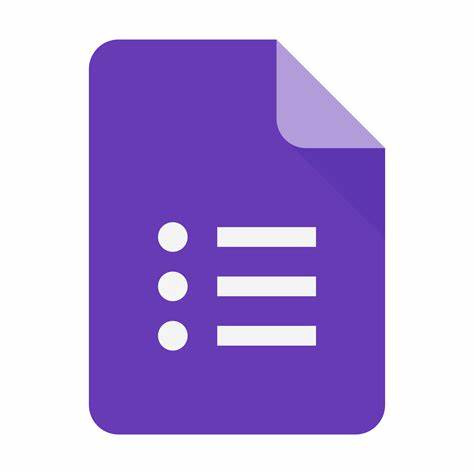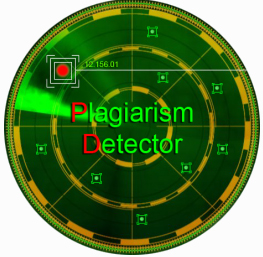E-HEALTH BERBASIS MOBILE UNTUK MENINGKATKAN LAYANAN KLINIK
Abstract
Full Text:
PDFReferences
I. S. Sitanggang, A. Nurkholis, Annisa, and M. A. Agmalaro, “Garlic Land Suitability System based on Spatial Decision Tree,” in Proceedings ofthe International Conferences on Information System and Technology, 2020, no. CONRIST 2019, pp. 206–210, doi: 10.5220/0009908002060210.
J. H. Sambuaga and Y. D. Y. Rindengan, “Perancangan E-health Kota Cerdas (Studi Kasus: Kota Manado),” J. Tek. Inform., vol. 11, no. 1, 2017.
S. Sudaryat, D. E. Sukarsa, and A. M. Ramli, “PERLINDUNGAN KEKAYAAN INTELEKTUAL KARYA KREATIF DAN INOVATIF BISNIS STARTUP DI INDONESIA DALAM ERA INDUSTRI 4.0 DAN SOCIETY 5.0,” ACTA DIURNAL J. Ilmu Huk. Kenotariatan, vol. 4, no. 1, pp. 68–82, 2020.
T. H. Tebeje and J. Klein, “Applications of e-Health to support person-centered health care at the time of COVID-19 Pandemic,” Telemed. e-Health, vol. 27, no. 2, pp. 150–158, 2021.
A. Muzakir, “Prototyping Aplikasi E-Health sebagai Bagian Pengenalan Obat-Obatan Dengan Teknologi Cross-Platform,” J. Inform. J. Pengemb. IT, vol. 3, no. 1, pp. 61–66, 2018.
P. W. Sudarmadji, Y. S. Peli, and L. A. Ndoloe, “E-Health (Electronic Health) Solution Puskesmas Untuk Menentukan Status Kesehatan Ibu dan Anak,” J. Ilm. Flash, vol. 4, no. 1, pp. 24–36, 2018.
D. Prasanti and S. S. Indriani, “PENGEMBANGAN TEKNOLOGI INFORMASI DAN KOMUNIKASI DALAM SISTEM E-HEALTH ‘alodokter. com,’” J. Sosioteknologi, vol. 17, no. 1, pp. 93–103, 2018.
M. Purnamasari and S. Dwiyatno, “Rancang Bangun Aplikasi e-health Untuk Peningkatkan Pelayanan Kesehatan Pada Puskesmas Kibin,” JSiI (Jurnal Sist. Informasi), vol. 3, 2016.
N. Riyani, J. T. Napitupulu, and W. Manurian, “PEMODELAN E-HEALTH PADA KLINIK UNTUK PROSES KONSULTASI DOKTER DAN PENJUALAN OBAT,” in PROSIDING SEMINAR NASIONAL ENERGI & TEKNOLOGI (SINERGI), 2019, pp. 121–130.
W. A. Setianto, “Inovasi e-Health Dinas Kesehatan Kota Surabaya,” J. Ilmu Komun., vol. 14, no. 3, pp. 151–164, 2016.
L. Sadath, K. Karim, and S. Gill, “Extreme programming implementation in academia for software engineering sustainability,” 2018 Adv. Sci. Eng. Technol. Int. Conf. ASET 2018, no. December, pp. 1–6, 2018, doi: 10.1109/ICASET.2018.8376925.
R. Poonam and C. M. Yasser, “An experimental study to investigate personality traits on pair programming efficiency in extreme programming,” 2018 5th Int. Conf. Ind. Eng. Appl. ICIEA 2018, pp. 95–99, 2018, doi: 10.1109/IEA.2018.8387077.
A. Nurkholis, E. R. Susanto, and S. Wijaya, “Penerapan Extreme Programming dalam Pengembangan Sistem Informasi Manajemen Pelayanan Publik,” J-SAKTI (Jurnal Sains Komput. dan Inform., vol. 5, no. 1, pp. 124–134, 2021, doi: 10.30645/j-sakti.v5i1.304.
D. Dakic, D. Stefanovic, T. Lolic, S. Sladojevic, and A. Anderla, “Production planning business process modelling using UML class diagram,” in 2018 17th international symposium infoteh-jahorina (infoteh), 2018, pp. 1–6.
M. H. Karboos, “Integrating Business Process Concepts Into UML Activity Model,” J. Eng. Comput. Sci., vol. 19, no. 1, pp. 57–68, 2019.
ISO, “ISO / IEC 25010 : 2011 Systems and software engineering - Systems and software Quality Requirements and Evaluation ( SQuaRE ) - System and software quality models,” 2013.
F. Rozi and K. Khomsatun, “Rancang bangun game edukasi pengenalan warna untuk pendidikan anak usia dini menggunakan adobe flash berbasis android,” J. Ilm. Penelit. dan Pembelajaran Infromatika, vol. 04, pp. 12–18, 2019.
Z. Awang, A. Afthanorhan, and M. Mamat, “The Likert scale analysis using parametric based Structural Equation Modeling (SEM),” Comput. Methods Soc. Sci., vol. 4, no. 1, p. 13, 2016.
DOI: https://doi.org/10.33365/jti.v15i2.1511
Refbacks
- There are currently no refbacks.
Copyright (c) 2021 Andi Nurkholis, Eka Saputra

This work is licensed under a Creative Commons Attribution-ShareAlike 4.0 International License.
JURNAL TEKNOINFO
Published by Universitas Teknokrat Indonesia
Organized by Prodi S1 Informatika FTIK Universitas Teknokrat Indonesia
W: http://ejurnal.teknokrat.ac.id/index.php/teknoinfo/index
E : teknoinfo@teknokrat.ac.id.
Jl. Zainal Abidin Pagaralam, No.9-11, Labuhan Ratu, Bandarlampung

This work is licensed under a Creative Commons Attribution-ShareAlike 4.0 International License.
Jumlah Pengunjung : View Teknoinfo StatsCounter



















